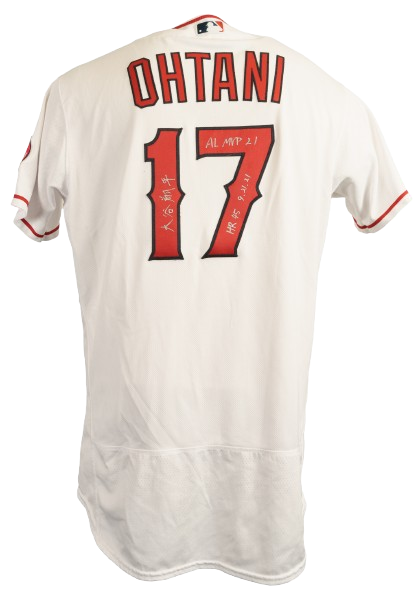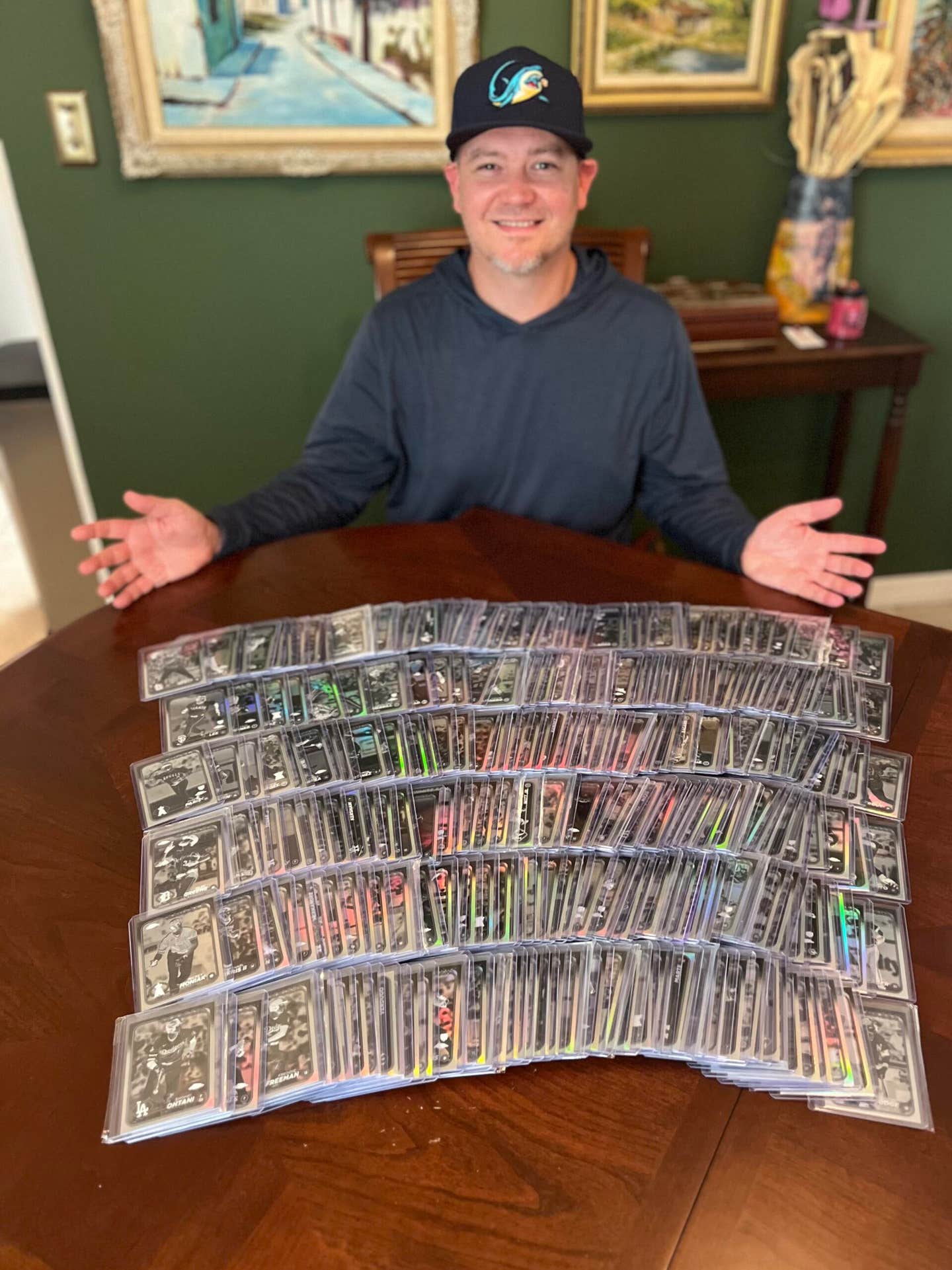Collecting 101
Part 2: The history of the Packers jersey
1971 Sand Knit Tagging: Sand Knit was the manufacturer during the 1971 season. Jerseys were issued with two tags placed one above the other. The top tag read "Designed & Tailored Exclusively for the Green Bay Packers, Sand Knit" with a medal logo. The bottom tag, "Sand Knit," was spelled out above three underlined rows of wash instructions. A great shot of rookie punter Chestor Marcol can be found on page 20 of the 1972 Sports Focus Football Issue Green Bay Packers annual that shows the presence and placement of the two tag setup.
Color: Home jerseys were green with white numbering; road jerseys were white with green numbering. Green base color is the same as today.
Numbering: Silk-screened numbers appeared on the sleeve, front and back.
Striping: Home sleeves were striped with three predominate yellow stripes and two lesser white stripes. The white stripes are separated by thin green stripes. The road sleeves were reversed in color with no separating stripes.
Neckline: The home jersey's rounded neckline was the same color as the jersey itself, but the road was found with rounded "green-gold-green" trim.
NOB: Packers continued with names on the back of their jerseys. Block lettering was applied to a nameplate.
Sleeve Length: Sleeves were shortened to 3?4 length.
Material: Mesh material was first introduced.
Interesting Note: 1971 was the final season in the career of Bart Starr. Bart was issued a mesh jersey as seen on page 19 of 1972 Sports Focus Football Issue Green Bay Packers annual. It should be noted that the Packer Hall of Fame has a white mesh Bart Starr jersey on display.
1972 Sand Knit Tagging: Manufactured by Sand Knit.
Color: Home jerseys were green with white numbering; road jerseys were white with green numbering. Green base color is the same as today.
Numbering: Silk-screened numbers appeared on the sleeve, front and back.
Striping: Home sleeves were striped with three predominate yellow stripes and two lesser white stripes. The white stripes are separated by thin green stripes. The roads sleeves were reversed in color with no separating stripes.
Neckline: The home jersey's rounded neckline was the same color as the jersey itself, but the road was found with rounded "green-gold-green" trim.
NOB: Packers continued with names on the back of their jerseys. Block lettering was applied to a nameplate.
Sleeve Length: Sleeves were shortened to 3?4 length.
Material: Mesh material continued to be used.
Interesting Note: Ray Nitschke's final season was 1972. Photos from the yearbook show Ray Nitschke was issued both a home and road mesh jersey. About a decade ago I personally inspected the 1972 road example. It was in great all-original condition with the exception of the removal of the nameplate. The jersey was placed into a collection and I have not heard of its whereabouts since.
1973-79 Sand Knit Tagging: Manufactured by Sand Knit
Color: Home jerseys were green with white numbering; road jerseys were white with green numbering. Green base color is the same as today.
Numbering: Silk-screened numbers appeared on the sleeve, front and back
.
Striping: Home sleeves were striped with three predominate yellow stripes and two lesser white stripes. The white stripes are separated by thin green stripes. The roads sleeves were reversed in color with no separating stripes.
Neckline: The home jersey was found primarily with the rounded neckline and was the same color as the jersey. The road had rounded "green-gold-green" trim. During the 1979 season, the v-necklines were sporadically introduced as evidenced by the Barty Smith jersey in Hankel's collection.
NOB: Packers continued with names on the back of their jerseys. Block lettering was applied to a nameplate.
Sleeve Length: Sleeves were shortened to 3?4 length
Material: Mesh material continued to be used.
Interesting Notes: During 1973, Bart Starr's No. 15 was officially retired. Evaluations have found mid-1970s jerseys to have size and extra length tags applied in neck. During 1974, the majority of players began wearing white shoes.
1980-82 Sand Knit Tagging: Manufactured by Medalist Sand Knit.
Color: Home jerseys were green with white numbering; road jerseys were white with green numbering. Green base color is the same as today.
Numbering: Silk-screened numbers appeared on the sleeve, front and back.
Striping: Home sleeves were striped with three predominate yellow stripes and two lesser white stripes. The white stripes are separated by thin green stripes. The 1981 road sleeves were reversed in color with no separating stripes. Hankel's research found that in 1982 and 1983, the majority of the road jerseys have the sequence: green- (thin) white-yellow- (thin) white-green. Some (not all, but some) players still sport the "no separating stripes" style in 1982/83, confirming that they co-existed for these two years.
Neckline: The home jerseys were still found with the rounded neckline but the v-necklines were becoming more common. Both versions of the necklines were the same color as the jersey, but the road had rounded "green-gold-green" trim. Hankel owns a 1981 Gerry Ellis jersey with the v-neck, thus supporting their 1981 introduction.
NOB: Packers continued with names on the back of their jerseys. Block lettering was applied to a nameplate.
Sleeve Length: Sleeves were shortened to 3?4 length, and some were trimmed closer to the second row of stripe.
Material: Mesh material continued to be used.
1983 Sand Knit Tagging: Manufactured by Medalist Sand Knit.
Color: Home jerseys were green with white numbering; road jerseys were white with green numbering. Green base color is the same as today.
Numbering: Silk-screened numbers appeared on the sleeve, front and back
Striping: Home sleeves were striped with three predominate yellow stripes and two lesser white stripes. The white stripes are separated by thin green stripes. The road sleeves were reversed in color with no separating stripes.
Neckline: The home jersey v-neckline was the same color as the jersey, but the road v-neck had "green-gold-green" trim.
NOB: Packers continued with names on the back of their jerseys. Block lettering was applied to a nameplate.
Sleeve Length: Sleeves were shortened to 3?4 length, and some were trimmed closer to the second row of stripe creating two visible yellow stripes.
Material: Mesh material continued to be used.
1984-88 Sand Knit with "G" added to the sleeves: There was a changing of the guard in Green Bay as another Lombardi player took over the helm in Titletown. Forrest Gregg was recruited to guide the Packers toward championship status. One of the first requests by the new head coach was to add the letter "G" to the sleeves. With a new jersey, Gregg was looking for a new attitude by the team.
Tagging: Manufactured by Medalist Sand Knit.
Color: Home jerseys were green with white numbering; road jerseys were white with green numbering. Green base color is the same as today.
Numbering: Silk-screened numbers appeared on the sleeve, front and back. "G" added to sleeve design.
Striping: Home sleeves were striped with three predominate yellow stripes and two lesser white stripes. The white stripes are separated by thin green strip es. The road sleeves were reversed in color with no separating stripes.
Neckline: The home jersey v-neckline was trimmed in green, gold and white and the road v-neck had "green-gold-green" trim.
NOB: Packers continued with names on the back of their jerseys. Block lettering was applied to a nameplate.
Sleeve Length: Sleeves were shortened to a more 1?2 length, very similar to what is issued today.
Material: Mesh material continued to be used.
1989 Double-tagged Sand Knit crown tag with "G" removed from sleeve: With Forrest Gregg fired and Lindy Infante hired, the new coach wanted to shake things up from his predecessor, so he requested the team remove the "G" from the sleeves.
Tagging: Manufactured by Medalist Sand Knit.
Color: Home jerseys were green with white numbering; road jerseys were white with green numbering. Green base color is the same as today.
Numbering: Silk-screened numbers appeared on the sleeve, front and back. "G" removed from sleeve design.
Striping: Home sleeves were striped with three predominate yellow stripes and two lesser white stripes. The white stripes are separated by thin green stripes. The road sleeves were reversed in color with no separating stripes.
Neckline: The home jersey v-neckline was trimmed in green, gold and white and the road v-neck had "green-gold-green" trim. The yoke cut can be found running through and below the neckline.
NOB: Packers continued with names on the back of their jerseys. Block lettering was applied to a nameplate.
Sleeve Length: Sleeves were shortened closer to 1?2 length, very similar to what is issued today.
Material: A combination of dazzle cloth and mesh material was used.
Customizations: Skill players may be found with tight-cuffed sleeve openings.
1990 Sand Knit Tagging: Manufactured by Medalist Sand Knit.
Color: Home jerseys were green with white numbering; road jerseys were white with green numbering. Green base color is the same as today.
Numbering: Silk-screened numbers appeared on the sleeve, front and back.
Striping: Home sleeves were striped with three predominate yellow stripes and two lesser white stripes. The white stripes are separated by thin green stripes. The road sleeves were reversed in color with no separating stripes.
Neckline: The home jersey v-neckline was trimmed in green, gold and white and the road v-neck had "green-gold-green" trim. The yoke cut can be found running through and below the neckline.
NOB: Packers continued with names on the back of their jerseys. Block lettering was applied to a nameplate.
Material: A combination of dazzle cloth and mesh material continued to be used.
Customizations: Side panels could be found inserted into linemen jerseys and skill players may be found with tight-cuffed sleeve openings.
Interesting Note: Pictured in the 1990 Green Bay Packers Yearbook on page 31 is a picture of LeRoy Butler, No. 36, wearing a circa 1975 tagged Sand Knit jersey. Thus, confirming the custom of the Packers wearing game-used jerseys for practice. Also on page 29, note the photo that illustrates Tony Bennett, No. 90, wearing the 1989 Crown MacGregor Sand Knit tag found on circa 1987-89 jerseys.
1991 NFL Shield added to neckline Tagging: Manufactured by Medalist Sand Knit.
Color: Home jerseys were green with white numbering; road jerseys were white with green numbering. Green base color is the same as today.
Numbering: Silk-screened numbers appeared on the sleeve, front and back
.
Striping: Home sleeves were striped with three predominate yellow stripes and two lesser white stripes. The white stripes are separated by thin green stripes. The road sleeves were reversed in color with no separating stripes.
Neckline: The home jersey v-neckline was trimmed in green, gold and white and the road v-neck had "green-gold-green" trim. The Yoke cut could be found running through and below the neckline. 1991 was the first year mandate for the NFL to add the NFL shield. Application was inconsistent with jerseys issued with the shield attached directly onto the neckline and some immediately below. This can be verified via the 1991 Packers team photo found in the official yearbook.
NOB: Packers continued with names on the back of their jerseys. Block lettering was applied to a nameplate.
Material: A combination of dazzle cloth and mesh material continued to be used.
Interesting Note: According to the 1991 Official Green Bay Packers Yearbook, the cost to the team for a game jersey was $47.
Customizations: Side panels can be found inserted into lineman's jerseys and skill players may be found with tight-cuffed sleeve openings.








